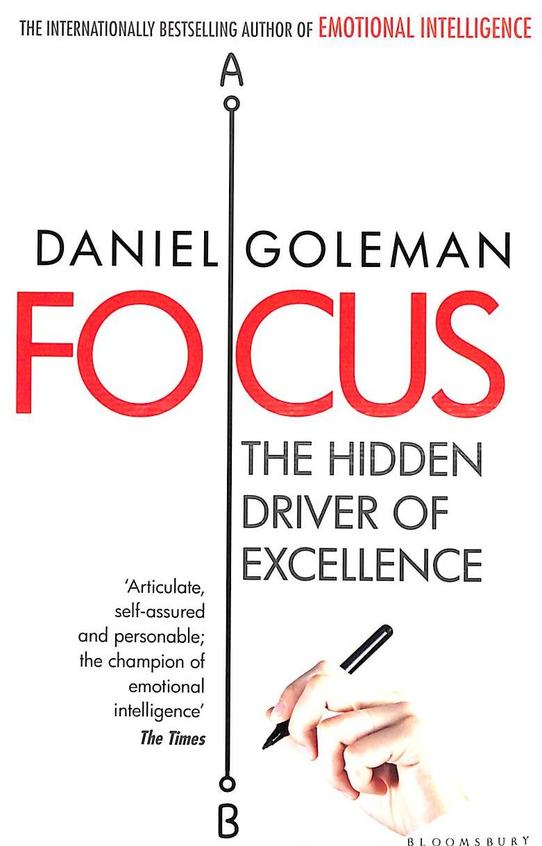
Many of us, especially as KAIST students, are aware of the importance of direct, intentional focus for academic performance. For the most part, we understand focus as being in possession of a switch — the control of an ability that some have more than others to direct their entire conscious effort towards a certain task. Award-winning author Daniel Goleman — author of Emotional Intelligence — disagrees with this, and comprehensively breaks down the concept of focusing in his book Focus: The Hidden Driver of Excellence.
Although nearly a decade old, this book has maintained its relevance in the modern society we live in today due to a constant, losing battle that we all fight against an endless sea of distractions. An increasing number of young people are reportedly finding it harder to maintain focus on one task for an extended period of time, myself included. Even during the process of writing this article up to this point, I stopped at least six times to speak to people or change the music I was listening to. To those reading or editing this article: how many times have your eyes diverted from the text so far? Hopefully not as many times as mine did.
Goleman splits focus up into three types: “inner”, “outer”, and “other”. “Inner” refers to our internal values, intuition, and instinctive reactions. “Outer” refers to external systems, patterns, and awareness of information coming from one’s physical surroundings. “Other” is emotional connection, empathy, and mindfulness. Goleman states that these three traits, although different, add up to a holistic ability to choose to focus. And that ability to choose is the key. He explains focus and its counterpart — distraction, as two sides of the same coin. Both require your brain to examine and process the subject in question, but focus is top-down — intentional, slower, and requires an element of discipline. Distraction is bottom-up — our brain takes in any form of input that is around us, but tends to draw back on previous habits that feed the brain with information to take up our limited capacity for attention. This can take the form of doomscrolling, impulsive but unnecessary chores, or even extended video game sessions.
This isn’t to say that all bottom-up circuitry is bad — it is simply our default state of focus in a certain context. Top-down circuitry can be trained to become bottom-up — tasks that once required the utmost focus and effort to complete later become instinctive. These actions, once controlled by the prefrontal cortex during a state of focus Goleman calls “Phase locking”, can be taken over by the basal ganglia to become instinctive. An example would be elite level athletes. Whether they are runners, swimmers, or professional football players, performing actions that would require the full attention of regular people is simply muscle memory for them. This allows them to use the now freed up attention capacity to go up one level of consciousness and use this top-down processing to focus on other aspects like breathing rate, heart rate, and patterns of play.
Goleman analyzes our focus from both a biological and behavioral perspective, referring to studies such as the famous Stanford marshmallow experiment performed at Stanford University in the 1970s. Looking at the ability to choose to focus on certain tasks, he maps out potential signs of success in younger children from their disciplined ability to suppress bottom-up impulses with top-down focus. He links this with multiple professional fields and aspects of regular life, drawing very convincing, well-articulated conclusions.
That being said, he doesn’t exclude impulsive (and inherently emotional) responses as being negative either. In fact, Goleman states that emotional empathy — requiring both bottom-up intake of body language cues as well as top-down analysis of said information, is a key skill with great potential in the future for both employment and leadership. He talks about the ability to train the “muscle” of attention, and to use emotion as a tool to activate top-down focus rather than letting it rule over your bottom-up distractions. Focus: The Hidden Driver of Excellence investigates a timeless issue in terms that resonate with modern society. This book is a very high ranked personal recommendation of mine, and I hope many more people will read it and reap its benefits.

